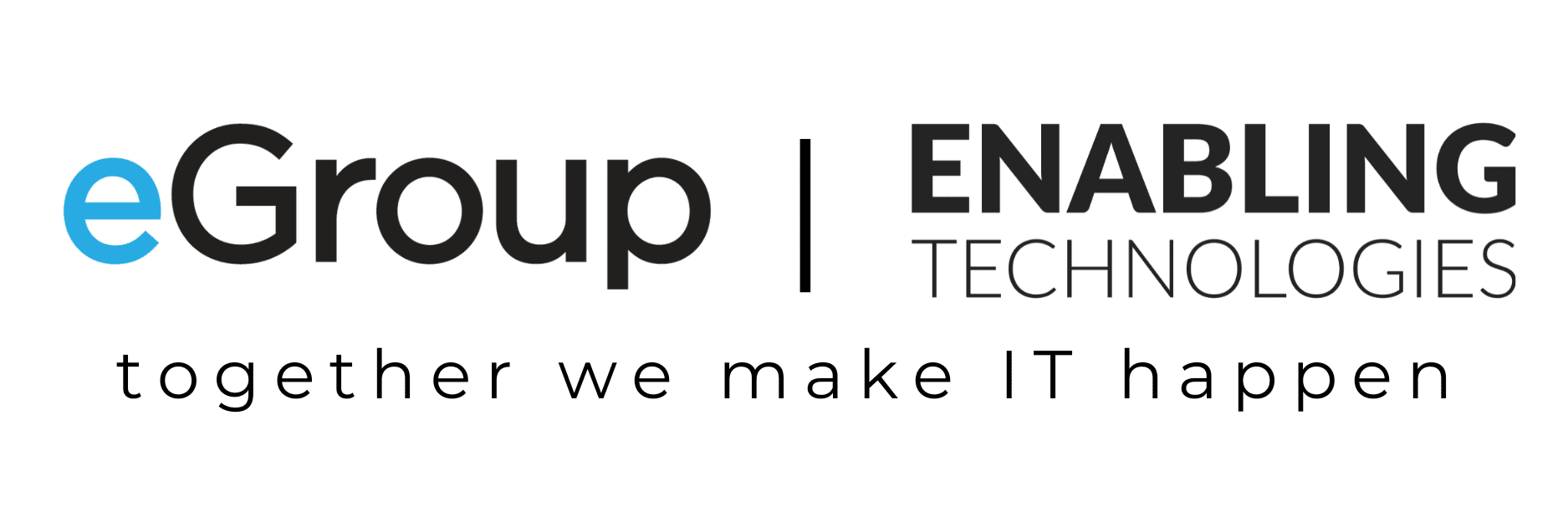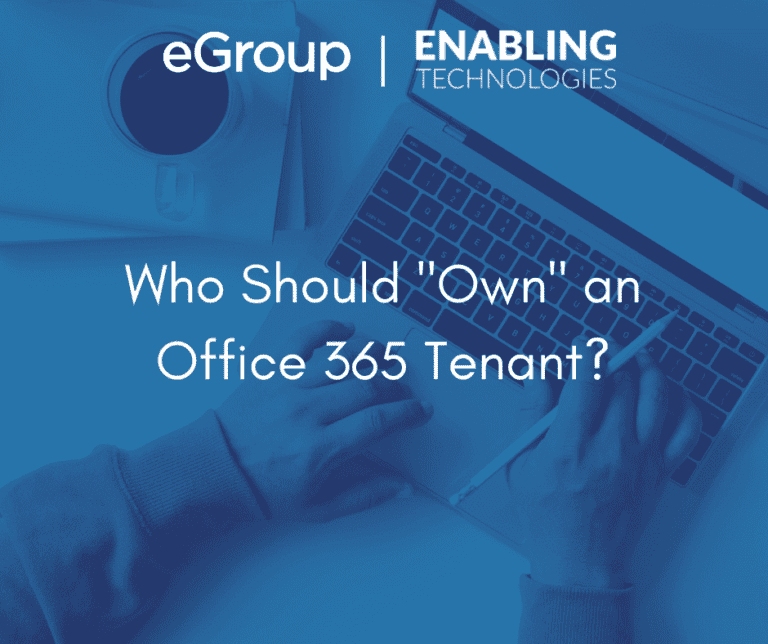The Solution Owner must understand the important changes (both positive and negative) that Microsoft is making to Office 365, then communicate that to those that need to know in the IT and end-user organization.
So, other elements of an O365 Solution Owner job description often include:
- Disseminate weekly and roadmap updates to stakeholders (other technical teams, and to corporate comms/users)
- Lead cross-functional planning of pilots and rollouts
- Oversight of User Moves, Adds, Changes of operations (push left after developing SOP)
- Ownership of non-core apps (i.e. Planner, Stream, To-Do)
- Ensure compliance
- Transfer knowledge to users
As SaaS becomes the new normal, systems administrators can remain relevant by shifting focus toward the end-user, proactively solving business problems with technology. Embracing the Solution Owner model is a solid first step in that direction.



